Text

Meet one of the planet’s smallest turtles: the bog turtle (Glyptemys muhlenbergii)! This petite reptile grows up to 4.5 in (11.4 cm) long. It’s easily identifiable by the orange patches on either side of its head.
The bog turtle has an impressive lifespan, with the oldest documented individual reaching an age of 61! Unfortunately, this species is critically endangered due in part to poaching and habitat loss as a result of human expansion.
Photo: U.S. Fish and Wildlife Service Headquarters, CC BY 2.0, flickr (juvenile pictured)
2K notes
·
View notes
Text

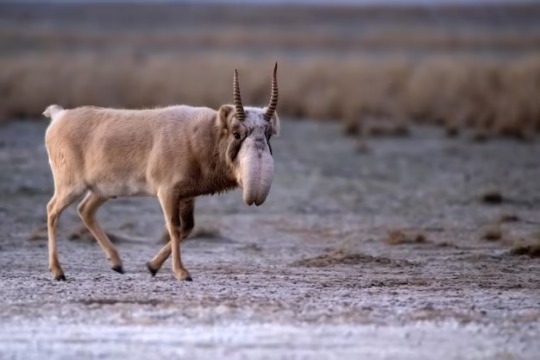
Saiga antelope (Saiga tatarica)
Saiga don’t only look weird, but are found in the last place you would expect antelope to be- the cold, dry Eurasian steppe. Their large nose helps filter out dust and warm air before it reaches their lungs, and they also develop a warm, grey-brown coat in the wintertime. During the last ice age, saiga antelope were found across the cold northern steppe, from Britain and Mongolia to Alaska. Unfortunately, they are now critically endangered, found only in a few refuges in Kazakhstan and the surrounding countries.
58 notes
·
View notes
Text
You’ve heard of the leafy seadragon and the weedy seadragon, but have you seen the ribboned pipefish (Haliichthys taeniophorus)?
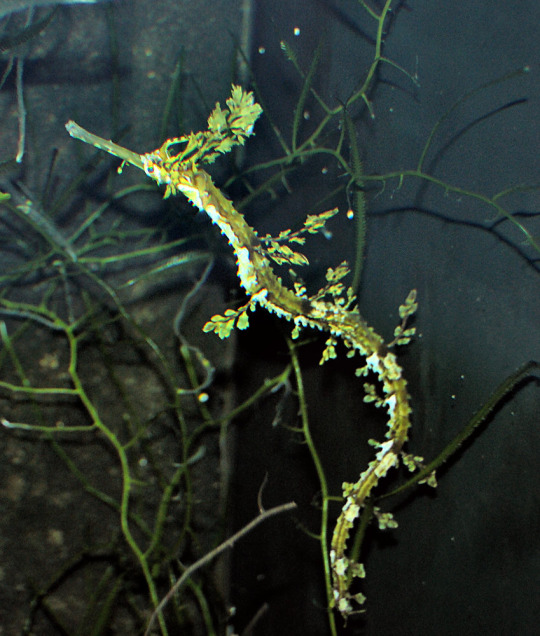

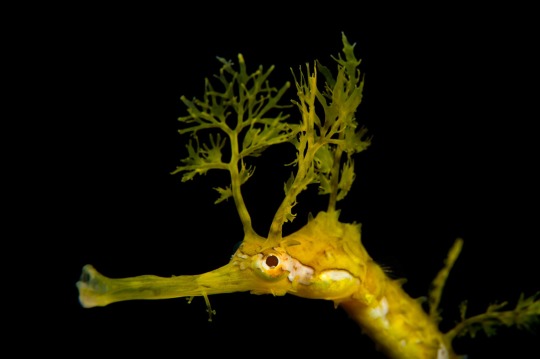
551 notes
·
View notes
Text
the ribbon seals most defining feature, their stripes, take 4 years to develop!
here is a short timeline of their development 🦭
adorable white coat ribbon seal pups. this baby fur is called lanugo.
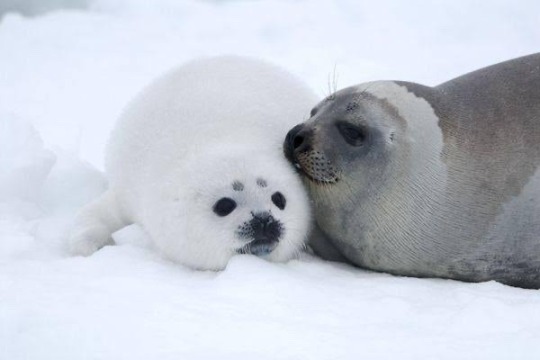

after around 1 month pups will start shedding their baby fur to reveal a grey and silver coat

young seals with their grey and silver coat
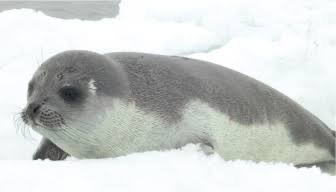

then, the juvenile seals with start to develop their stripes over the next 3 years. they grow stronger with each moult, females can reach sexual maturity before they have fully developed stripes. this mothers stripes aren’t fully there yet.

once they’re 4 years old a ribbon seals stripes will have fully developed.
male and female are easy to tell apart by their coat colour, the males will have bold black and white stripes
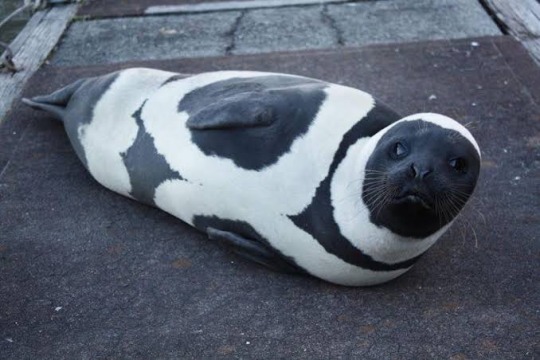
whereas the females have more brown/beige/silver stripes
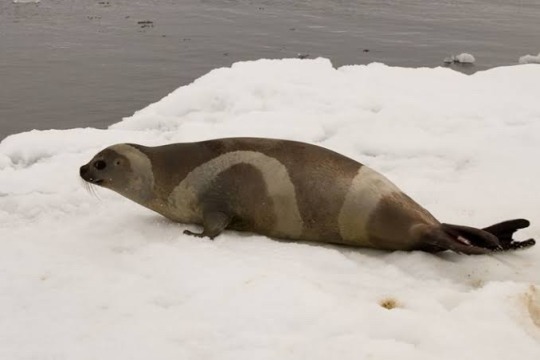
9K notes
·
View notes
Text
Y’all, I am SO excited about this new beetle that was just discovered!!!!


The freshly-discovered new species of longhorn beetle, Excastra albopilosa. Image credit: James Tweed

Detailed photographs of the Excastra albopilosa specimen found by James Tweed. Image credits: Lingzi Zhou, Australian National Insect Collection
4K notes
·
View notes
Text
This is a Yellow Garden Spider (likely Argiope aurantia) and as you can see it's very friendly! I let this one walk onto my hand from its web making sure not to harm the web itself. After taking some photos, I put it back. I saved these 2 pictures.
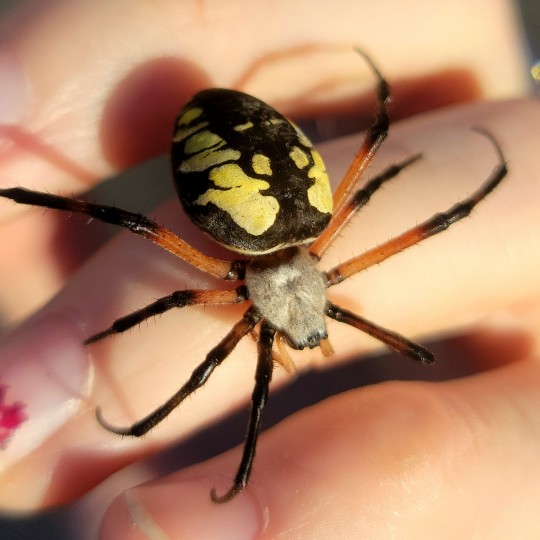
The term "Garden Spider" largely refers to spiders in the Families Araneidae and Uloboridae. They're also sometimes called Writing spiders or Zipper spiders. They are, of course, common in gardens and fields where people tend to plant things. So are many other kinds of spiders, but these in particular stand out due to their size, bright colors, and webs.
Like most spiders in your garden, they're harmless, friendly, and beneficial to have around. I wouldn't recommend trying to pick one up just for fun - I let this one walk on to my hand itself, and am using these photos for educational purposes. But, they are fun enough to just look at and watch, I think!
There are also many unique traits they have that separate them from your "typical" web-spinning spider. I don't have a picture to show you, but look up "writing spider webs" if you're interested!

What about them is so special? Well, assuming you just looked at pictures of their webs, there's a reason they're called Writing (or Zipper) spiders.
The thicker silk stands on a Garden spider's web are called Stabilimenta, but we're not really sure what their purpose is. It was initially thought they were to support the rather large spider, but their webs can still hold up even when the Stabilimenta are cut. The leading hypothesis is that they repel birds - the thicker web is easier to see, and so birds will notice it and NOT fly through the web, wrecking all the spider's hard work. Likewise, birds don't seem to prey on these spiders, meaning the extra attention is entirely welcome for the spider.
They probably don't want their webs wrecked more than other spiders, too, because they don't deconstruct them. Many outdoor spiders move often - eating up and rebuilding their web somewhere new - sometimes as often as every night! Zipper spiders rarely move their web unless it's an emergency, or a matter of catching more food. As such, building their webs is costly in terms of silk and energy, so they might've evolved the Stabilimenta to ensure their web's longevity.
As a closing note, they are not dangerous at all. People have been dumber than birds before and walked head-first into the webs of these spiders, but even then, they don't bite. Even if they did, their venom is mild, and you probably won't even notice you've been bit until a light rash forms later.
Most of the time, they will build their webs out of the paths of larger animals (that's you!), and even if they do, it's not going to hurt you. It's best to leave them there, too, since they'll eat pests for you. If you're planting things and see one of these spiders, consider yourself lucky. They are colorful and gentle defenders of your plants who simply wish to coexist with you peacefully.
309 notes
·
View notes
Text
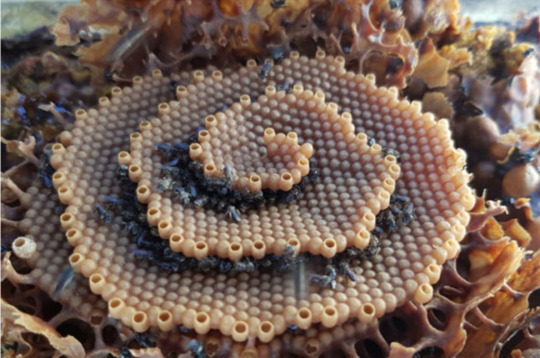

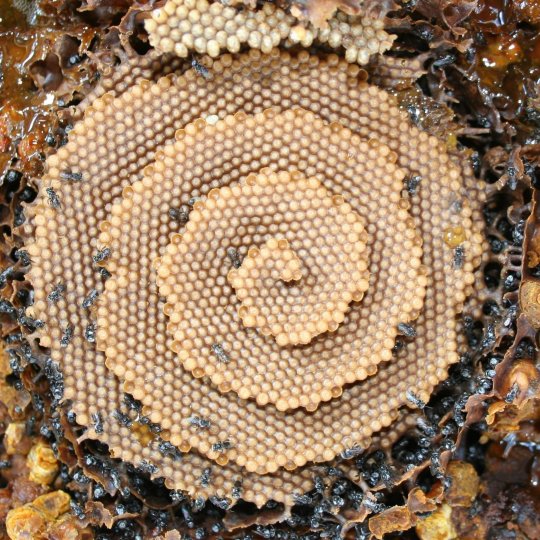
Fun fact: the stingless bees Tetragonula carbonaria can make beautiful spiral structures in their hives to house their young!
Source: Tim Heard, for a paper on how this mimics crystal growth
13K notes
·
View notes
Text
Wet Beast Wednesday: lampreys
Welcome to the first Wet Beast Wednesday covering an agnathan. What is that, you may ask? Why it means jawless fish. But they aren't really fish even though they live underwater and have gills. Taxonomy strikes again. Anyway, agnathans are more closely related to each other than to any bony or cartilaginous fish and they may represent an early stage in the evolution of vertebrates. There are only two living groups of agnathans: the hagfish (which I'll get to sometime) and the lampreys.

(Image: a pair of lampreys, one resting on rocky sediment and one swimming. They are long, green, slender fish-like animals with only dorsal and tail fins, several holes on the sides of the heads, large eyes, and no visible jaws. End ID)
Lampreys are sometimes mistakenly called eels due to their long and slender bodies. All 38 known species are elongated, scaleless animals with a funnel-shaped, jawless mouth called the buccal tunnel or buccal cavity. They do not have paired fins, only two dorsal fins and a tail fin. The head has one nostril on the top and seven pores on each side that allow water flowing over the gills to exit the body, similar to the gill slits of sharks. Adult lampreys have well-developed eyes while the larvae have weak eyes covered with skin. In addition, they have two simple parietal eyes, making lampreys the only four-eyes vertebrates. The mouth acts like a suction cup and is used to suction onto rocks or other animals. Inside the mouth is a rasping tongue that is used to scrape at food. You may think that all lampreys are parasites that feed on blood. This isn't the case, only 18 species are predatory and some of those are thought to be exclusively scavengers. The rest of the species either feed on algae by scraping it from rocks or never eat as adults, subsisting entirely on energy stores gained as a larva. The last common ancestor of all living lampreys (which is estimated to have either lived during the Jurassic or Cretaceous periods) is believed to have fed on blood as an adult. Lampreys are believed to be part of a sister group to all jawed vertebrates and are considered the most basal (closest to the ancestral form) of all vertebrates. They have cartilaginous skeletons and primitive, cartilaginous structures called arcualia instead of vertebrae. Lampreys are some of the most efficient swimmers and swim using a different method to other fish. Instead of using their fins to push themselves forward, lampreys use their fins to generate low-pressure zones in the water around their bodies to pull themselves forward. The pressure equalizing is what does most of the work of moving the lamprey, allowing them to move while expending little energy. In shallow water, the lampreys can use their suctioning abilities to crawl forward and are able to crawl over obstacles like rocks or ramps. Most lampreys are exclusively freshwater dwellers, but 9 species (all of which are carnivorous) live mostly in saltwater (though they can also live in large bodies of freshwater like lakes) and return to freshwater to breed. Of the 38 species of lamprey, only 5 species (in two families) live in the southern hemisphere. The remaining species are all members of the family Petromyzontidae and live in the northern hemisphere. No species lives in the tropics, seemingly because their larvae are not heat-tolerant.

(Image: a lamprey's mouth seen from below. It round and conical and ringed with multiple rows of sharp, yellow teeth. End ID)
The lamprey life cycle of lampreys starts in streams which adults will often migrate to reach. Adults will create nests called redds by using their suction to move rocks and expose the sediment below. Males use pheromones to attract females and the two intertwine with each other. The male presses a patch of heat-producing tissue to stimulate the female to release her eggs. The male fertilizes the eggs as they emerge. All lamprey species are semelparous, meaning they die after mating. In the case of lampreys that don't eat as adults, their adult forms exist only to mate and die, much like mayflies and some species of moth. Other species that can eat as adults spend up to 4 years feeding and growing before they mate. Larvae are called ammocoetes and once hatched, they are carried downstream to eventually settle on soft sediment. There, they burrow their rear halves into the sediment with their heads exposed. In this stage, they are filter feeders who need running water to bring plankton, algae, and bits of organic detritus to their mouths. Instead of the disc-like mouths of adult lampreys, ammocoete mouths are fleshy hood that enclose a sieve-like structures that filters particles out of the water. The lifestyle of ammocoetes is very similar to that of lancelets, which are extremely primitive chordates believed to represent some of the earliest stages of chordate evolution. Ammocoetes require water high in nutrients to survive as they capture only a small amount of water and therefore food. Ammocoetes are photosensitive, allowing them to change color in response to ambient light (becoming dark in the day and ale at night) and detect if they are properly buried. Depending on species, ammocoetes can grow between 10 and 20 cm (4-8 in) in length and they can spend between 1 and 10 years in this state. Metamorphosis to the adult form can last up to 4 months and lampreys do not feed during this process. Metamorphosis is synchronized between members of the same species.

(Image: three ammocoetes buried in sand with only their heads exposed. They are similar to the adults but pink, with small, barely-visible eyes, and their mouth are flexible and look like fleshy flaps. End ID)
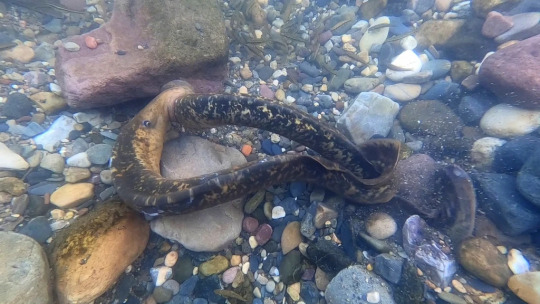
(Image: two lampreys mating. they are coiled onto each other with one using its mouth to suction onto the midsection of the other. They are on a rocky stream bed. End ID)
Lampreys are used in science for several purposes. They are often used as a model organism when attempting to understand the biology of early vertebrates and extinct agnathans. They are also studied quite a bit for their nervous systems. Lamprey brains are very simple and likely represent very early stages of brain development in vertebrates. In addition, they are useful for studies of the transmission of electrical impulses between nerve cells due to their axons (the part of a nerve cell that conducts electricity away from the main body and to other nerve cells), which are large enough for microinjectors to inject test substances into them. Lampreys are capable of fully recovering from having their spinal cords severed, something that is of great interest to surgeons and neurologists. Lampreys have been used as a food source in many cultures around the world. Some species have toxic mucus and blood, requiring them to be cleaned before eating. Historically lampreys have been kept in captivity for use in food as well as other purposes. There are records of people being executed or tortured by being thrown into a pit of carnivorous lampreys. In the wld, carnivorous lampreys generally don't attack humans unless they are starving. In addition, there is a record of one Roman statesman named Lucius Licinius Crassus being scolded for being more upset over the death of his pet lamprey than over the deaths of any of his wives. Unfortunately, the thing a lot of people know lampreys for today is the sea lamprey (Petromyzon marinus) being an invasive species in the great lakes of North America. They have no natural predators in the lakes and feed on a lot of ecologically and commercially important species. Due to their lack of predators, multiple methods are used to try to reduce their numbers and keep them from harming the ecosystem. These include using barriers to keep the adults from migrating upstream to breed, release of targeted poisons called lampricides, and releasing sterilized males into the lakes to mate with the females.

(Image: two sea lampreys suctioned onto a fish. The fish is green and covered with black dots. The two lampreys are suctioned next to each other on the top of the fish's head. Their bodies are dangling off of the fish in different directions. End ID)
79 notes
·
View notes
Text
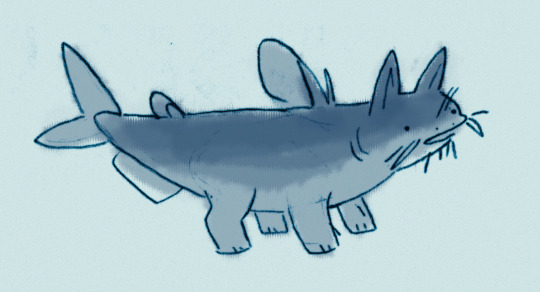
here's something stupid: the catcatfish


some quick facts:
they're nocturnal and tend to roam around while awake.
they have keen senses of smell and hearing, but terrible eyesight. despite this, they also have a tapetum lucidum, making their pupils "glow" in the dark.
their fur is short, dense, and oily to waterproof them.
they prefer a diet of mostly meat and are attracted to strong-smelling food like fish, cheese, and anything fermented.
the elongated dewclaw on each front paw is sharp, flexible, and nonretractable. it injects a venom that causes respiratory failure and cardiac arrest in prey and, in extreme doses, humans. veterenarians typically remove the dewclaw venom glands during the neuter/spay procedure.
they grow to an average of 1m and 23kg (3ft and 50lb) but can reach up to double that length and triple the weight!


23K notes
·
View notes
Text

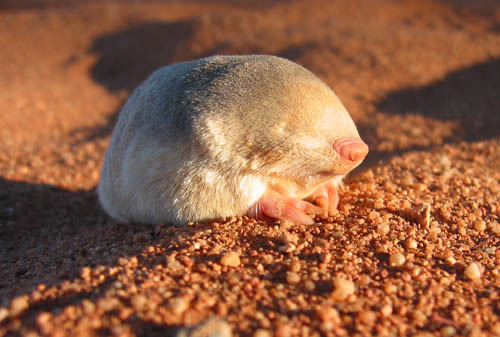
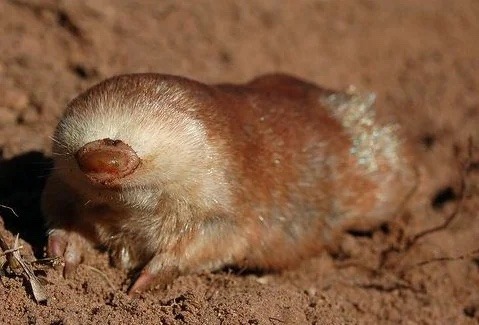
@sabertoothwalrus Now that people are interested in moles. These three moles are not related.
Top one is Laurasiatheria (same superorder as dogs, horses, bats, and hedgehogs)
Middle one is Afrotheria (same superorder as elephants, tenrecs, aardvarks, and manatees)
And the bottom one is Australidelphia (same superorder as cuscuses, quolls, bandicoots, and wallabies)
All three have convergently evolved to be moles! How cool is that!
3K notes
·
View notes
Text
It might just be showing up as my main instead of this blog, but I’m booping every single one of you back!
0 notes
Text
Creature 104
Kermit the Frog
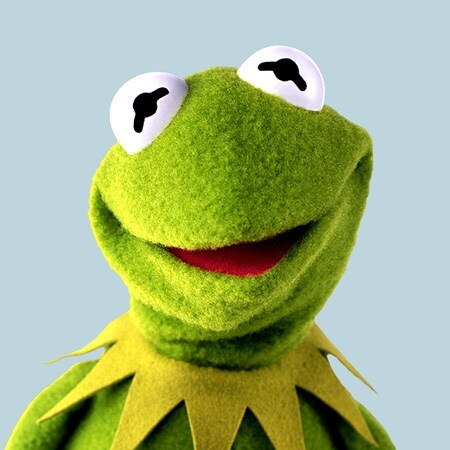
Kermit has been around since 1955, although he’s only been a frog since 1969. He can be found in the muppet show, and any of the muppet films, muppet specials, and the occasional public service announcement. He’s been dating a pig since 1976. <-Miss Piggy from 1976-2015, but then they broke up and he dated a pig named Denise (apparently?) for a bit, before getting back with Miss Piggy again. Kermit was the first of his siblings to talk to humans.
0 notes
Text
Creature 103
Butterfly dragonfly
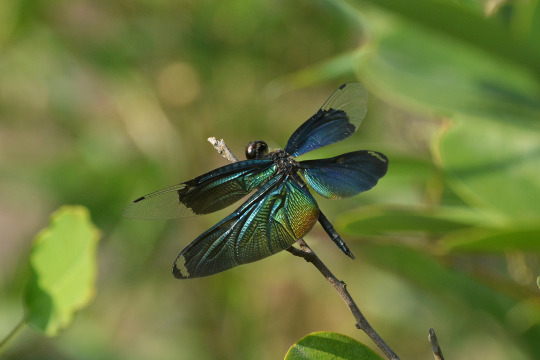
Also known as the butterfly flutterer. These guys are from east Asia, and prefer to live in or around wetlands such as marshes, lakes and swamps. They are dragonflies, although their wings strongly resemble those of a butterfly hence the name. Can be seen from June to august.
fact source: the japanese times, wikipedia
image source: inaturalist
#dragonfly#butterfly flutterer#dragonfly butterfly#creature 102#creature post#wow an original post again! wild!
2 notes
·
View notes



